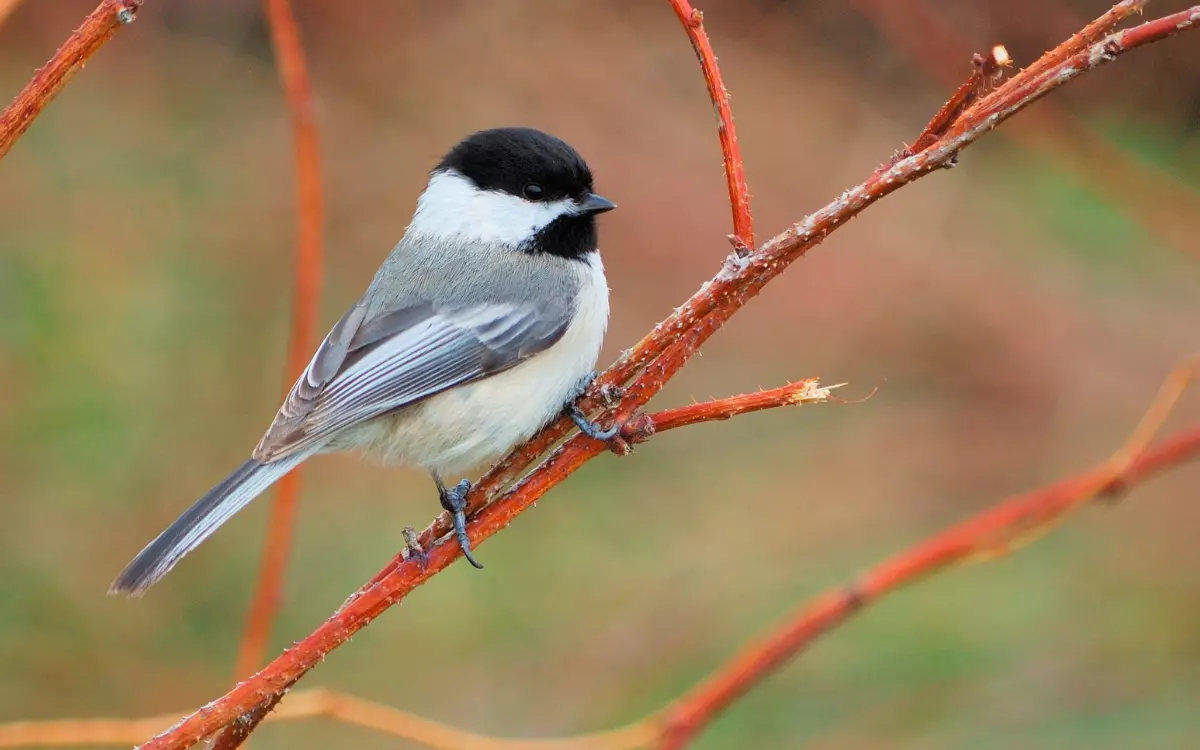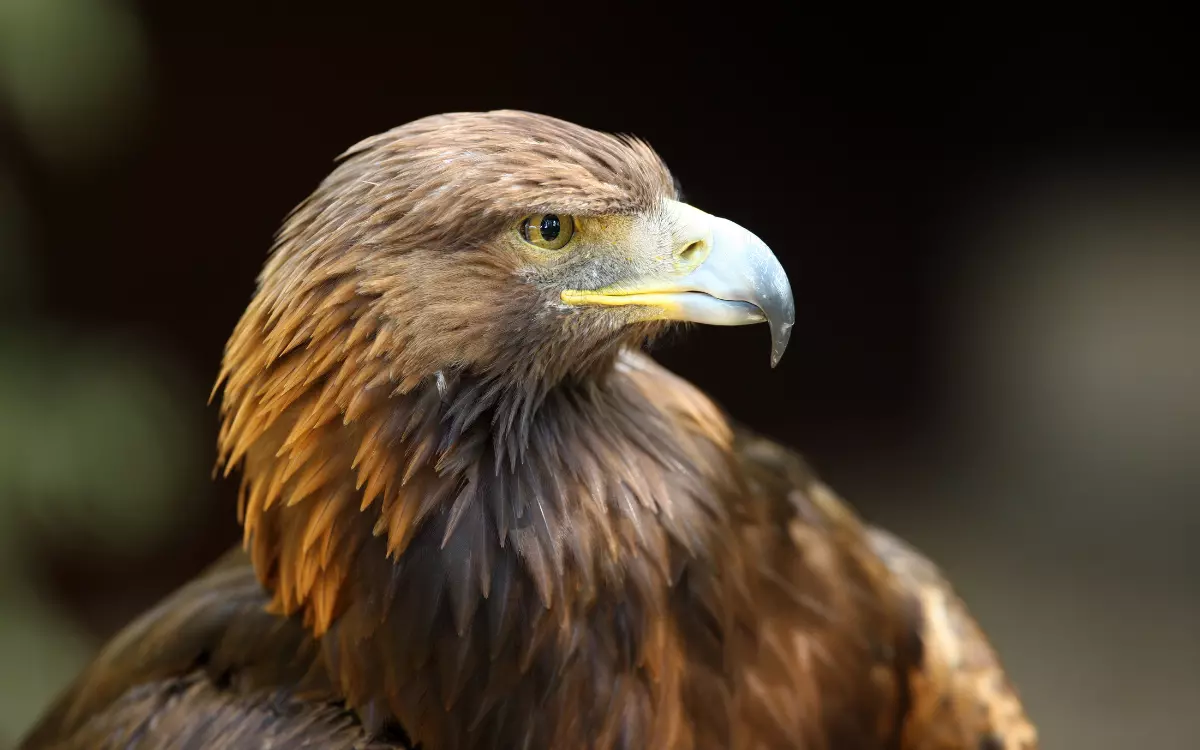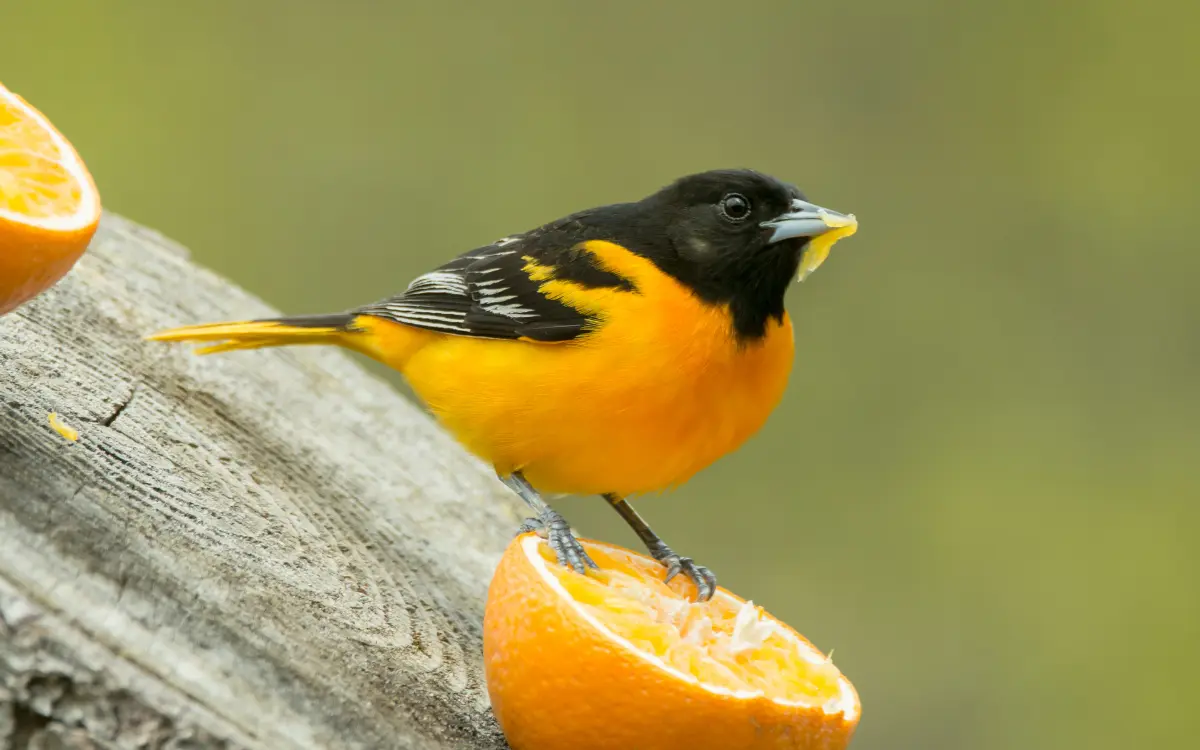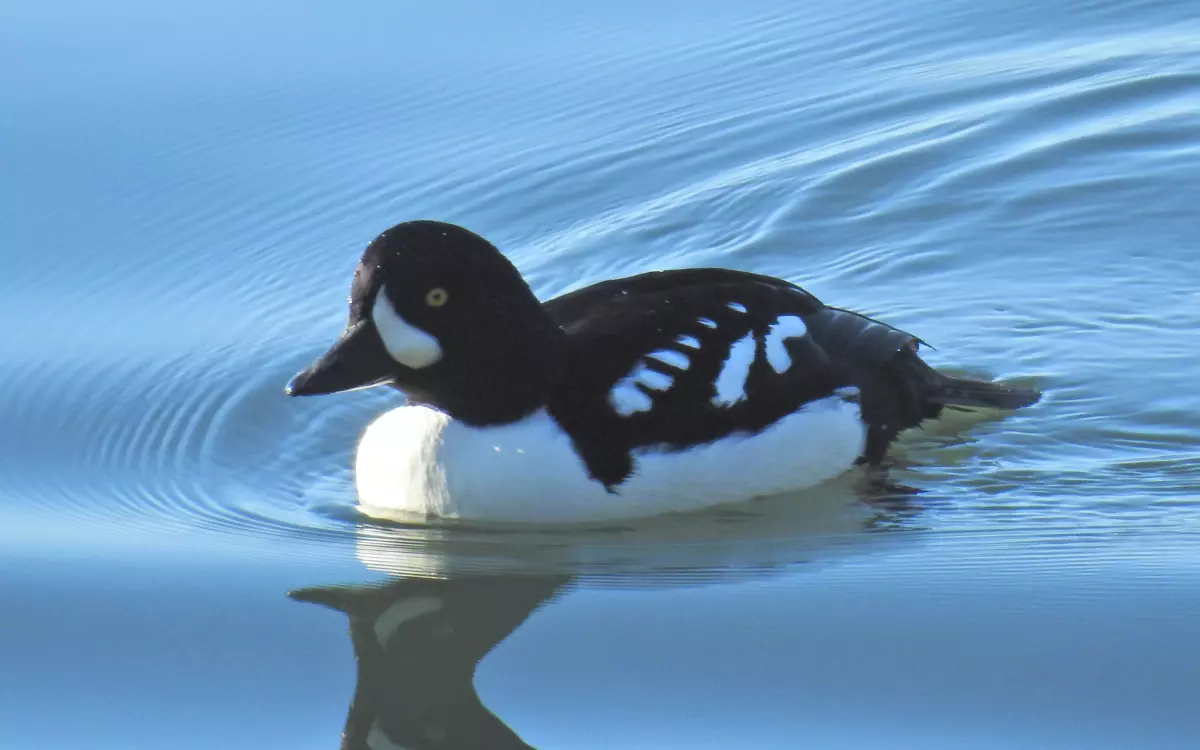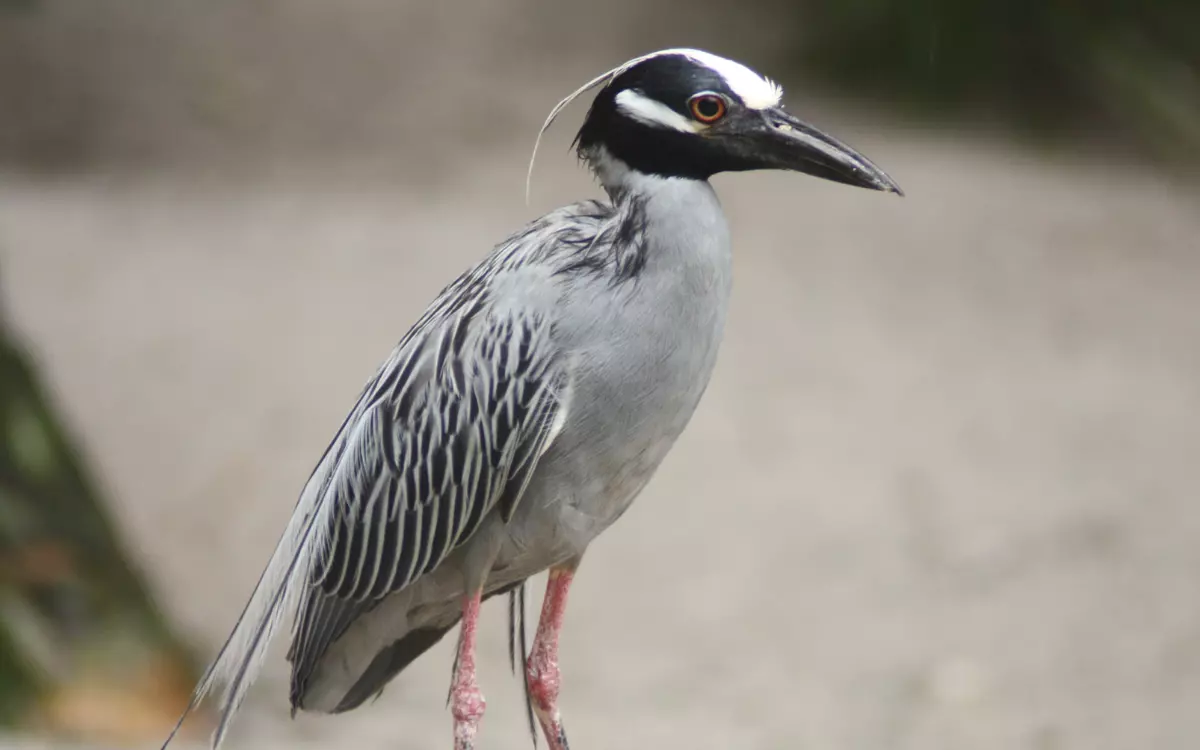10 Woodpeckers in Florida (Id & Pic)
Florida woodpeckers offer endless frame-up and beauty to bird watchers and nature supporter. Here we found 10 species of woodpeckers that shown a variety of colors.
List of 10 Woodpeckers in Florida
1. The Pileated Woodpecker:
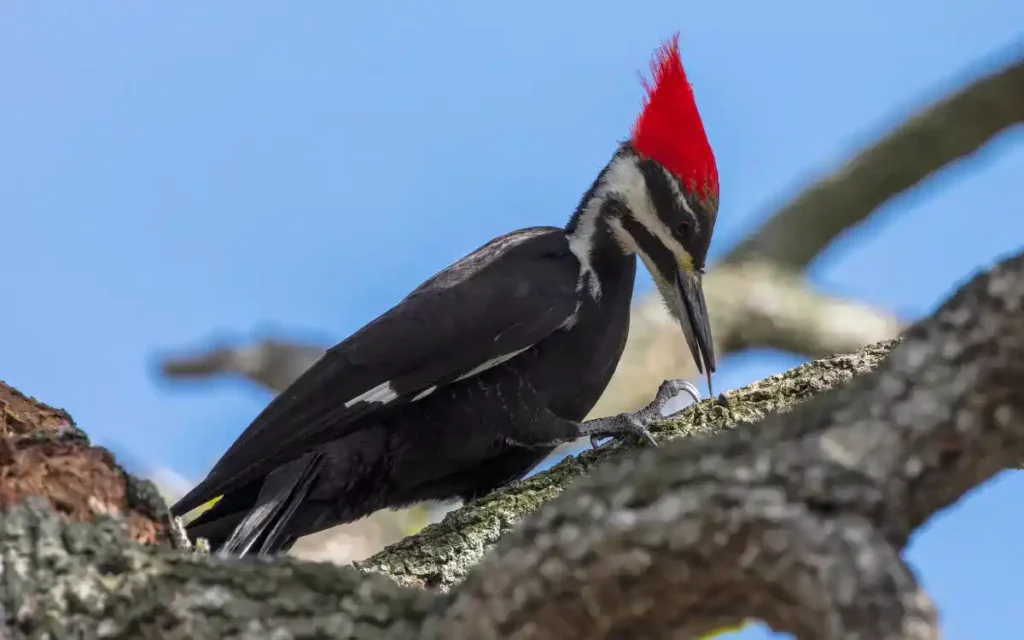
The Pileated Woodpecker is a bird that turns heads! It’s big, about the size of a crow, and has striking black and white feathers with a bright red crest. They love mature forests, where big, old trees offer plenty of food and places to live.
Their favorite snack? Carpenter ants. They use their strong beaks to dig into wood, hunting for ants and other bugs. While searching for food, they create big, rectangular holes in trees.
What’s really cool is how these woodpeckers help the forest. The holes they make for nests can become homes for other animals later, like bats and owls. So, by doing their thing, Pileated Woodpeckers help a lot of other creatures too!
- Scientific name –Dryocopus pileatus
- Length:15.8 – 19.3 in (40 – 49 cm)
- Weight: 8.8 – 12.3 oz (250 – 350 gm)
- Wingspan: 26.0 – 29.5 in (66 – 75 cm)
2. The Red-headed Woodpecker:
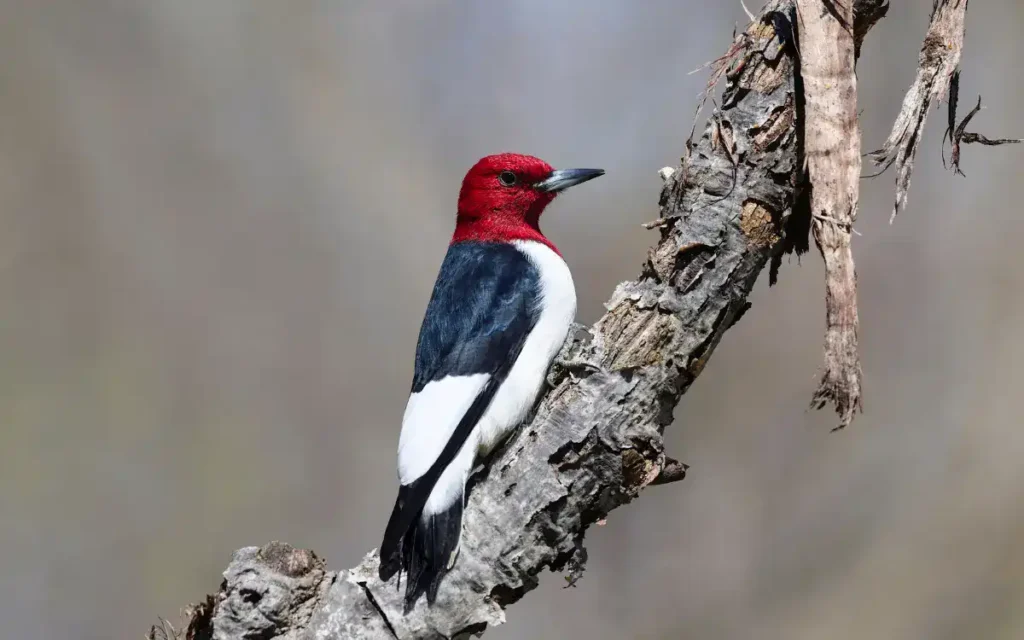
The Red-headed Woodpecker is easy to spot with its bright red head, white belly, and black back. They’re not just pretty; they’re unique because they can catch food in the air like a flycatcher.
They love open woodlands and can be seen in Florida, especially in winter when they migrate from the north. These birds are omnivores, eating insects, fruits, and seeds. They’re known for their acrobatic flying skills during the breeding season to impress mates and defend their territory.
Sadly, their numbers are declining, making each sighting in Florida special. Let’s hope we keep seeing this beautiful bird around!
- Scientific name –Melanerpes erythrocephalus
- Length: 7.5 – 9.1 in (19 – 23 cm)
- Weight: 2.0 – 3.2 oz (56 – 91 gm)
- Wingspan:16.5 in (42 cm)
3. The Downy Woodpecker:
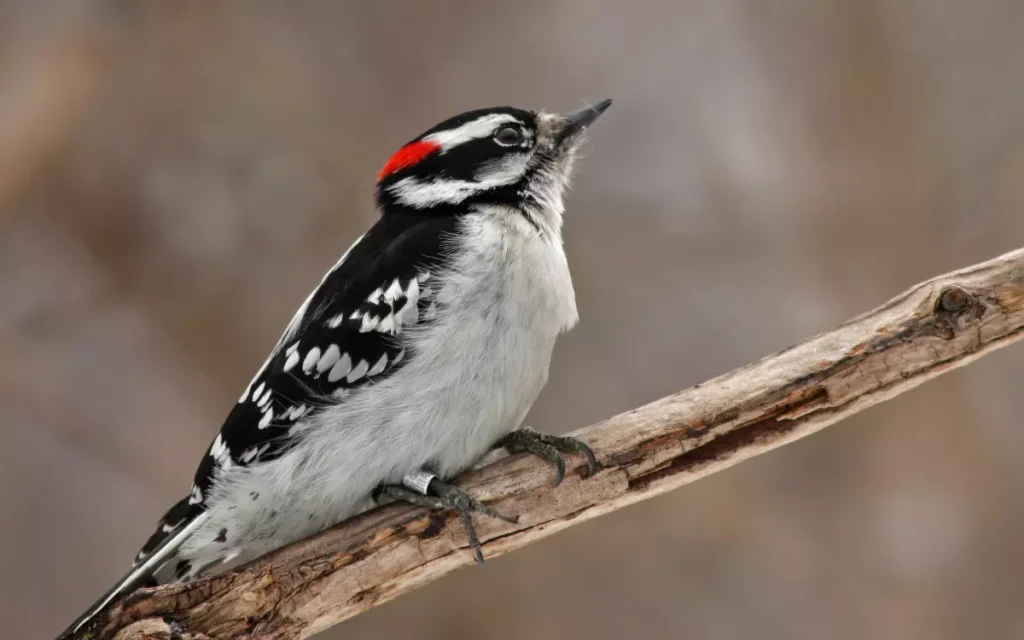
The Downy Woodpecker is the smallest woodpecker you’ll see, with its black and white feathers and spots. Despite their size, they’re full of energy and easy to spot, thanks to the red patch on the males’ heads.
They’re not picky about where they live; forests, parks, and backyards all make great homes. This adaptability means you can spot them all over Florida, any time of the year.
Their diet? Mostly insects and seeds. They love pecking at tree bark to find food but won’t say no to a bird feeder, making them a common visitor in many gardens.
- Scientific name –Picoides pubescens
- Length:5.5 – 6.7 in (14 – 17 cm)
- Weight: 0.7 – 1.0 oz (21 – 28 gm)
- Wingspan:9.8 – 11.8 in (25 – 30 cm)
4. The Red-bellied Woodpecker:
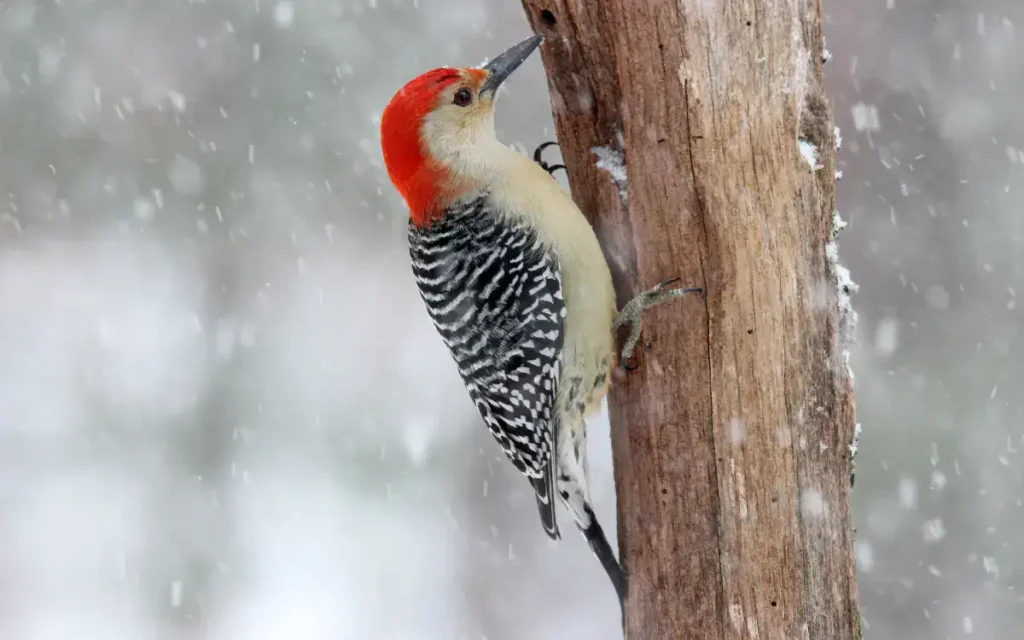
The Red-bellied Woodpecker stands out with its bright red cap and strikingly patterned black and white back. But don’t let the name fool you; its belly’s red hue is actually quite subtle!
These birds are all over Florida, from woods to suburbs, showing how easily they adapt. They’re cavity nesters, which means they make their homes by pecking holes in trees.
Their diet? A mix of insects, fruits, and nuts. If you listen closely, you can hear their loud calls and distinctive drumming on trees, which they use to communicate.
- Scientific name –Melanerpes carolinus
- Length: 9.4 in (24 cm)
- Weight: 2.0 – 3.2 oz (56 – 91 gm)
- Wingspan:13.0 – 16.5 in (33 – 42 cm)
5. The Red-cockaded Woodpecker:
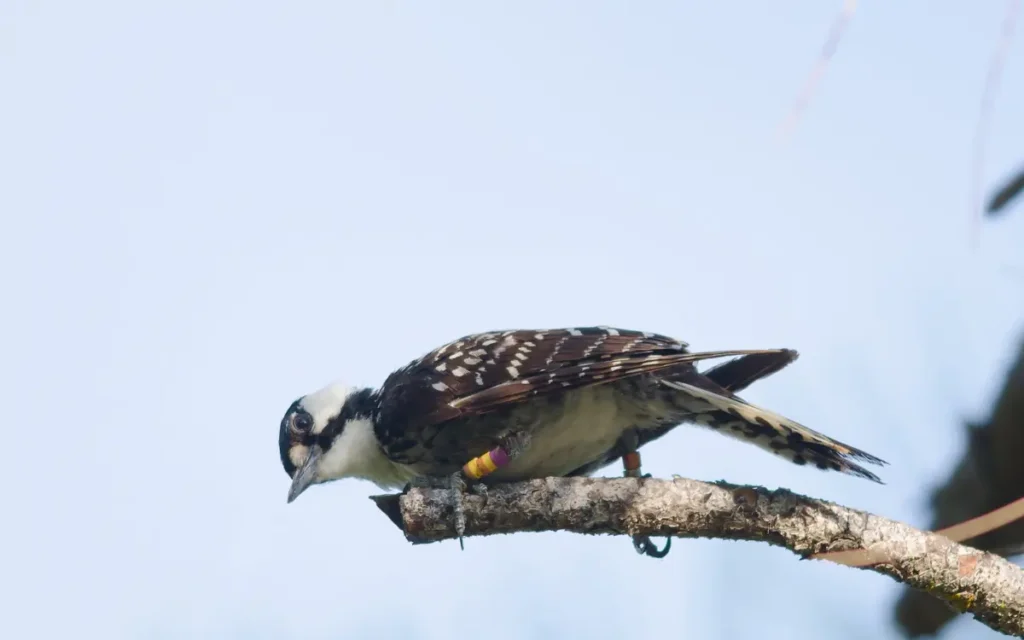
The Red-cockaded Woodpecker is a special bird that’s endangered, meaning there aren’t many left. They’re easy to spot with their black and white stripes and a small red mark on the males.
They only live in longleaf pine forests, a type of home that’s getting hard to find. These woodpeckers are very social; they live in groups and work together to raise their young and defend their homes.
People are working hard to protect these birds and their homes. It’s important to save the forests they need to survive. By helping them, we’re keeping the forest healthy for all kinds of animals and plants!
- Scientific name –Leuconotopicus borealis
- Length: 18 – 23 cm (7.1 – 9.1 in)
- Weight: 1.4 – 2.0 oz (40 – 56 gm)
- Wingspan: 34 – 41 cm (13 – 16 in)
Read also:
- 11 Types of Geese Found In Florida
- 36 Species of Warblers In Florida: Length, Weight ,Wingspan
- 11 Types species of Geese In Florida: (ID &Images)
- 11 Types of Red Birds in Florida
6. The Northern Flicker:
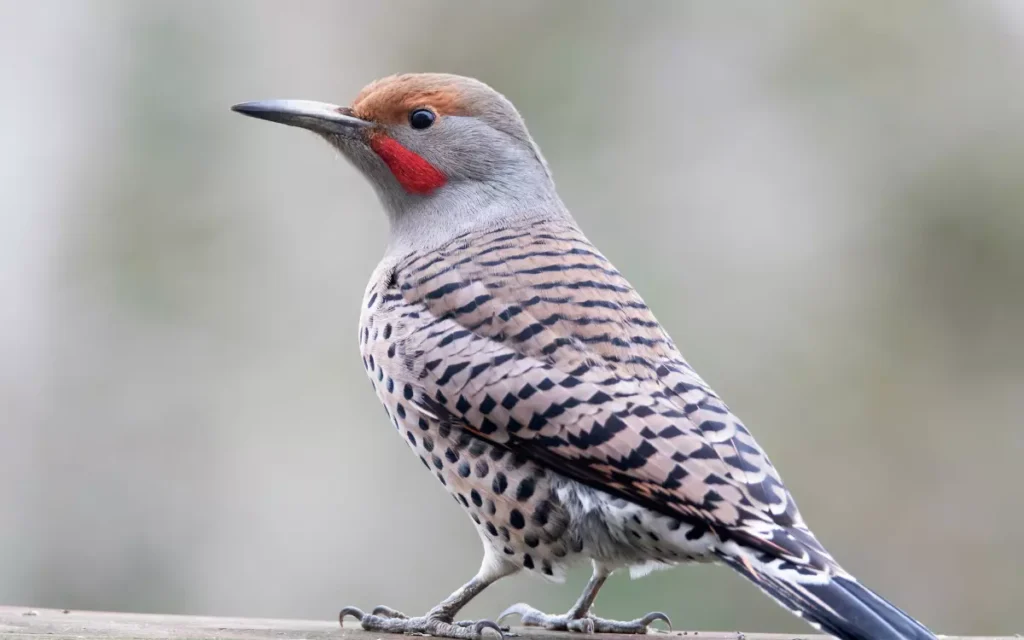
The Northern Flicker is quite the standout with its large size, spotted belly, and a flash of color under the wings and tail. Unlike its woodpecker cousins, this bird prefers the ground, foraging for ants and beetles.
In Florida, these birds are locals all year round. They don’t just stick to one place; some travel to and from, showing unique migratory patterns.
What makes them special is their love for the earth, pecking through the soil rather than just wood. Keep your eyes on the ground, and you might spot one of these earthy explorers doing their thing!
- Scientific name –Colaptes auratus
- Length: 11.0 – 12.2 in (28 – 31 cm)
- Weight: 3.9 – 5.6 oz (110 – 160 gm)
- Wingspan: 16.5 – 20.1 in (42 – 51 cm)
7. The Yellow-bellied Sapsucker:
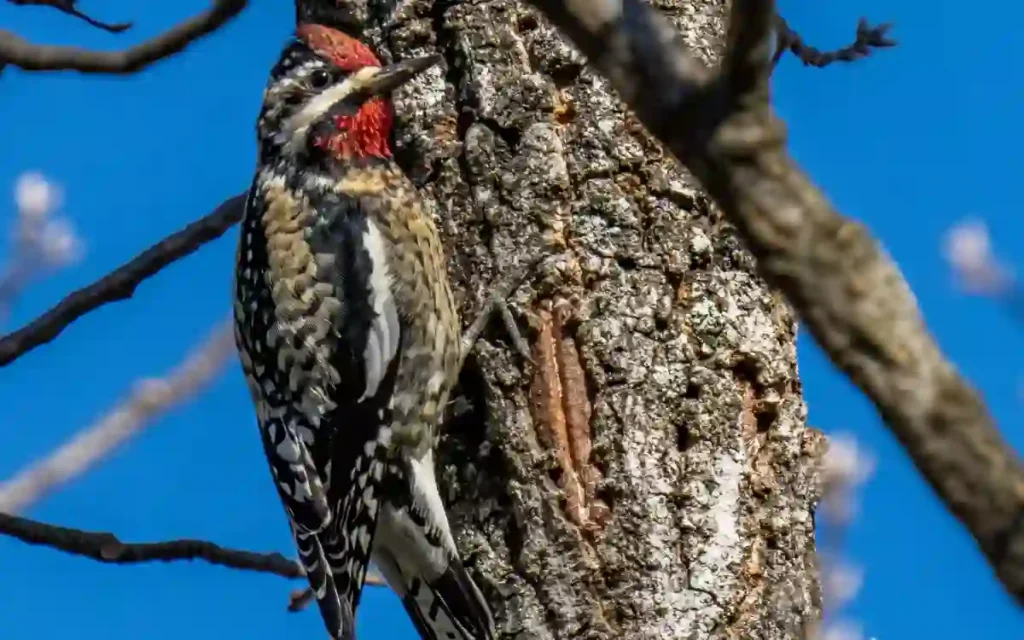
The Yellow-bellied Sapsucker is a unique woodpecker with a black and white body and a yellow belly. They’re known for their winter visits to Florida, escaping the cold from up north.
What makes them special? Their love for tree sap. They drill neat rows of holes in trees like maple and birch to sip the leaking sap. This sap feeding doesn’t just feed them; it also helps other animals who come to eat the sap and the insects it attracts.
They’re only in Florida during the cooler months, so look for them and their tree holes when it gets chilly. Their work helps the forest’s food web, showing how every creature, big or small, plays a role in nature’s balance.
- Scientific name –Sphyrapicus varius
- Length: 7.1 – 8.7 in (18 – 22 cm)
- Weight: 1.5 – 1.9 oz (43 – 55 gm)
- Wingspan: 13.4 – 15.8 in (34 – 40 cm)
8. The Ivory-billed Woodpecker:
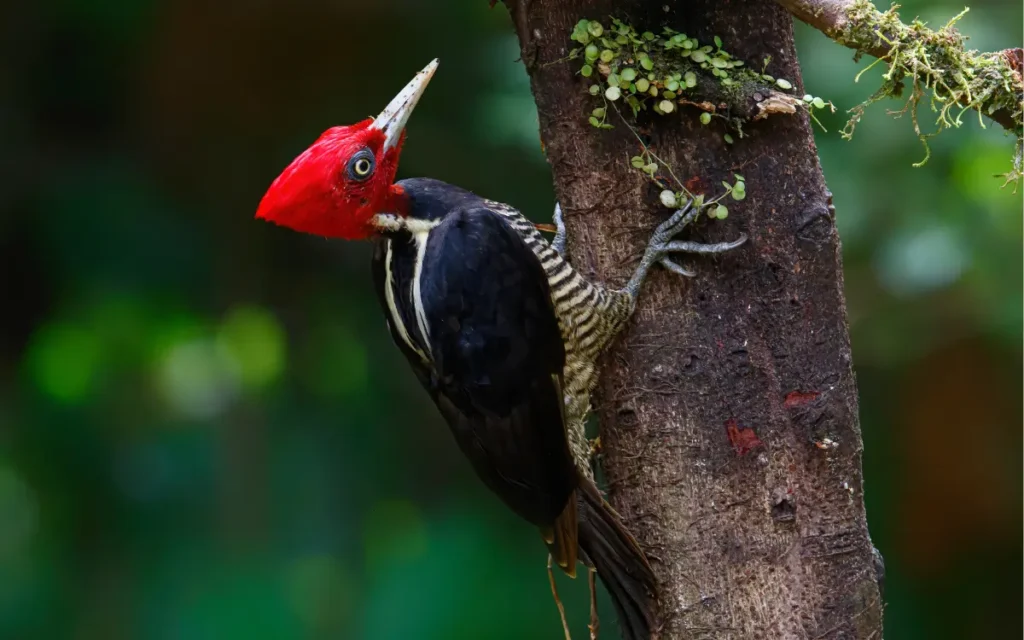
The Ivory-billed Woodpecker has become a legend, almost like a ghost story in the bird world. Known for its impressive size and striking black and white feathers, this bird is larger and has a more dramatic contrast in its coloring compared to the Pileated Woodpecker.
The biggest giveaway? It’s an ivory-white bill, unlike the Pileated’s darker one.
For years, people have whispered about seeing it, especially in places like Florida, sparking excitement and searches.
Yet, it remains elusive, wrapped in mystery. Every so often, someone claims to have spotted one, reigniting the hope that it’s still out there.
- Scientific name –Campephilus principalis
- Length: 18 – 20 in (46 – 51 cm)
- Weight: 15.84 – 20.16 oz (450 – 570 gm )
- Wingspan:29 – 31.5 in (76 – 80 cm)
9.Hairy woodpecker:
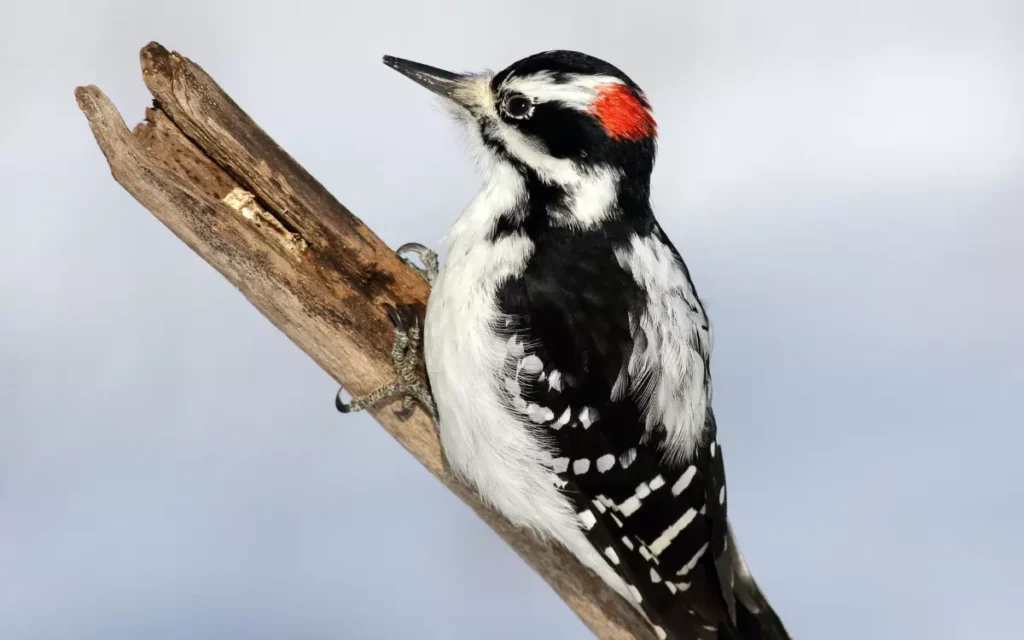
The Hairy Woodpecker is a real-life forest guardian, not hidden like a ghost story but very much alive and kicking. It wears a fancy black and white coat and has a big, tough beak that’s perfect for pecking deep into trees to find snacks like bugs.
This bird loves to hang out in forests all across Florida, from deep, dark woods to parks near where people live. You can hear its loud tapping noise when it’s looking for food.
Unlike the mysterious Ivory-billed Woodpecker that people rarely see, the Hairy Woodpecker is out and about, showing that our forests are in good shape. Every time you spot one, it’s like nature’s way of giving a thumbs up, telling us that the great outdoors is doing just fine.
- Scientific name -Leuconotopicus villosus
- Length: 7.5 – 10.2 in (19 – 26 cm)
- Weight: 1.4 – 2.0 oz (40 – 57 gm)
- Wingspan: 13.4 – 16.5 in (34 – 42 cm) .
Read also: 14 White Birds in Florida: Exploring Their (ID & PICS)
10. Golden-fronted Woodpecker:
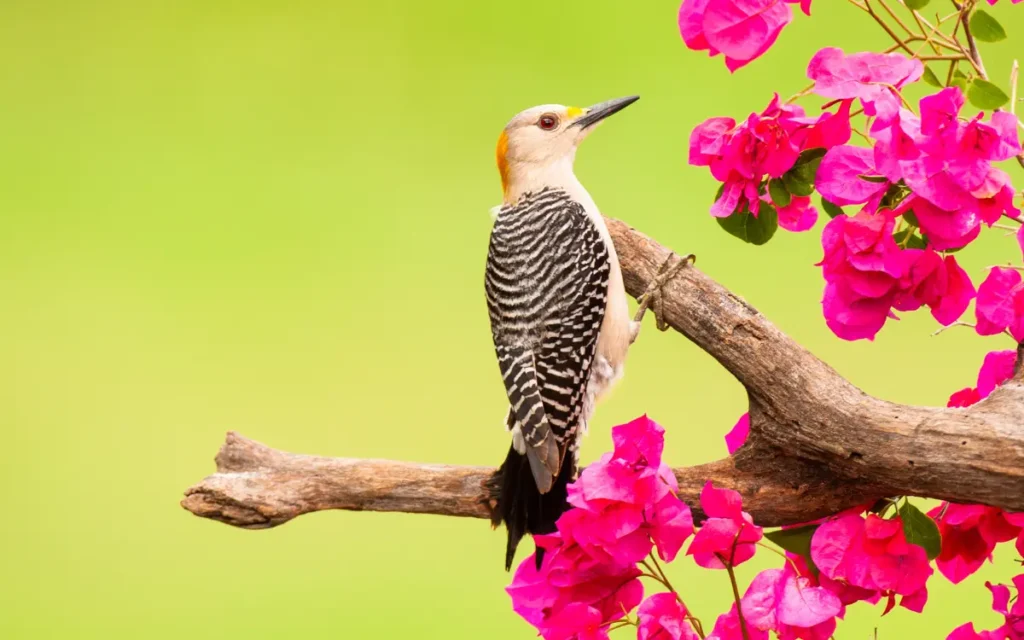
The Golden-fronted Woodpecker is not actually found in Florida; it’s more common in Texas and Central America. This woodpecker has a golden patch on its head and yellow on its belly, making it quite a sight. They love areas with lots of trees, especially oak woodlands, where they can find plenty of food and places to nest.
For those in areas where this bird lives, you can spot them by looking for their bright colors and listening for their sharp calls. They’re active during the day, pecking at trees to find insects and sap, and sometimes visiting feeders for nuts and fruits.
- Scientific name –Melanerpes aurifrons
- Length: 8.7 – 10.2 in (22 – 26 cm)
- Weight: 2.6 – 3.5 oz (73 – 99 gm)
- Wingspan: 16.5 – 17.3 in (42 – 44 cm)
Observing Woodpeckers in Florida:
Florida is a fantastic place to see a variety of woodpeckers, each with its special spots and seasons. Whether you’re a bird lover or just curious, here are some tips to help you spot these incredible birds.
- Best Times of Year: Early morning is usually the best time to see woodpeckers being active. Spring and fall are great seasons for bird watching, as you can catch migratory patterns, especially for species like the Yellow-bellied Sapsucker.
- Where to Look: Woodpeckers love forests, swamps, and parks. Look for them pecking at tree trunks or hear them drumming wood. For those interested in finches in Florida, many of the same locations are great for spotting these colorful birds too.
- Public Parks and Preserves: For the Red-cockaded Woodpecker, try visiting the Ocala National Forest or the Apalachicola National Forest. These preserves are known for their longleaf pine habitats, which are crucial for the conservation of this endangered species.
FAQs:
Q: What is the most common woodpecker in Florida?
Ans: The Red-bellied Woodpecker is one of the most common and widespread woodpeckers in Florida.
Q: What do Florida woodpeckers eat?
Ans: Florida woodpeckers primarily eat insects, including beetles, ants, and larvae. They also consume nuts, seeds, and fruit.
Q: What’s the biggest woodpecker?
Ans: The Pileated Woodpecker is the largest woodpecker in North America and can be found in Florida. It’s almost crow-sized.
Q: What does a woodpecker symbolize?
Ans: Woodpeckers symbolize determination, persistence, and the importance of communication since their drumming is a form of territory marking and mating calls.
Q: Does woodpecker eat fish?
Ans: No, woodpeckers do not eat fish. Their diet is mainly based on insects, nuts, seeds, and sometimes fruit.
Q: Are woodpeckers rare in Florida?
Ans: Not all woodpeckers are rare in Florida, but some species, like the Red-cockaded Woodpecker, are considered endangered and thus are rare to spot.
Conclusion:
Florida woodpeckers are charming birds, each with special habits and homes. From the common Red-bellied Woodpecker to the rare Red-cockaded Woodpecker, they play a very important role in the ecosystem. Observing these birds provides a glimpse into the diversity of nature in Florida and the importance of conservation.

